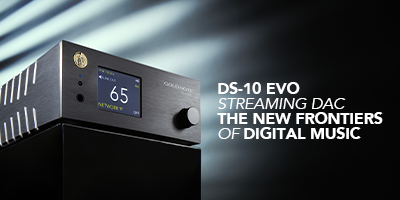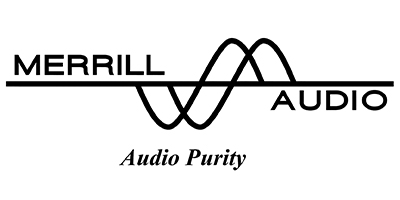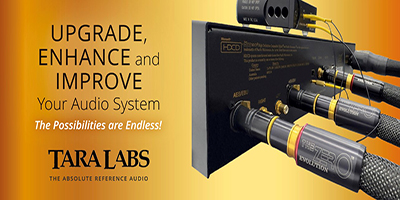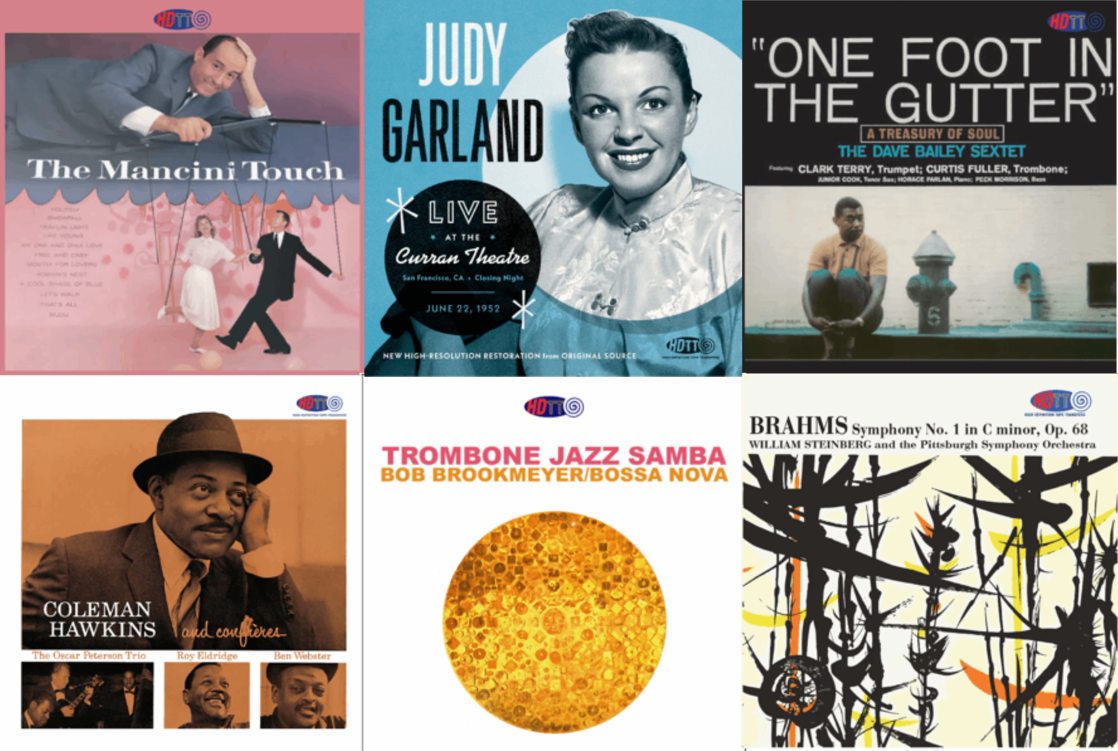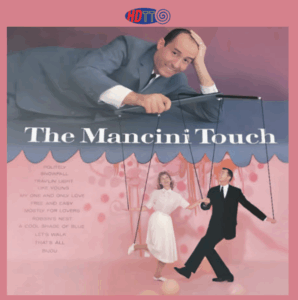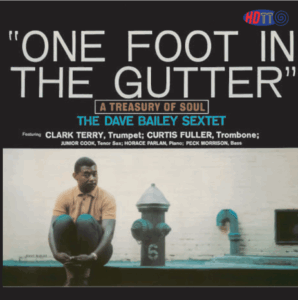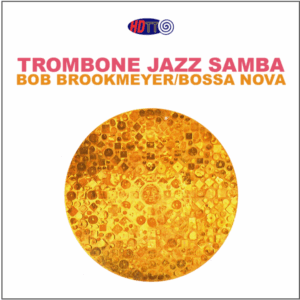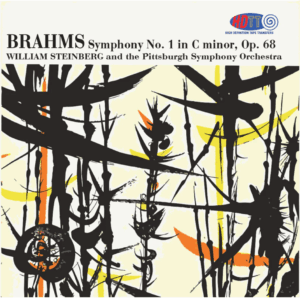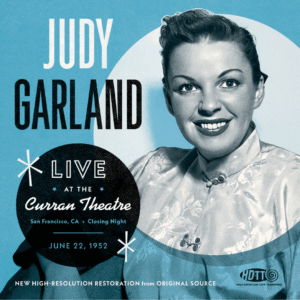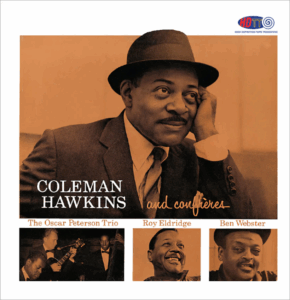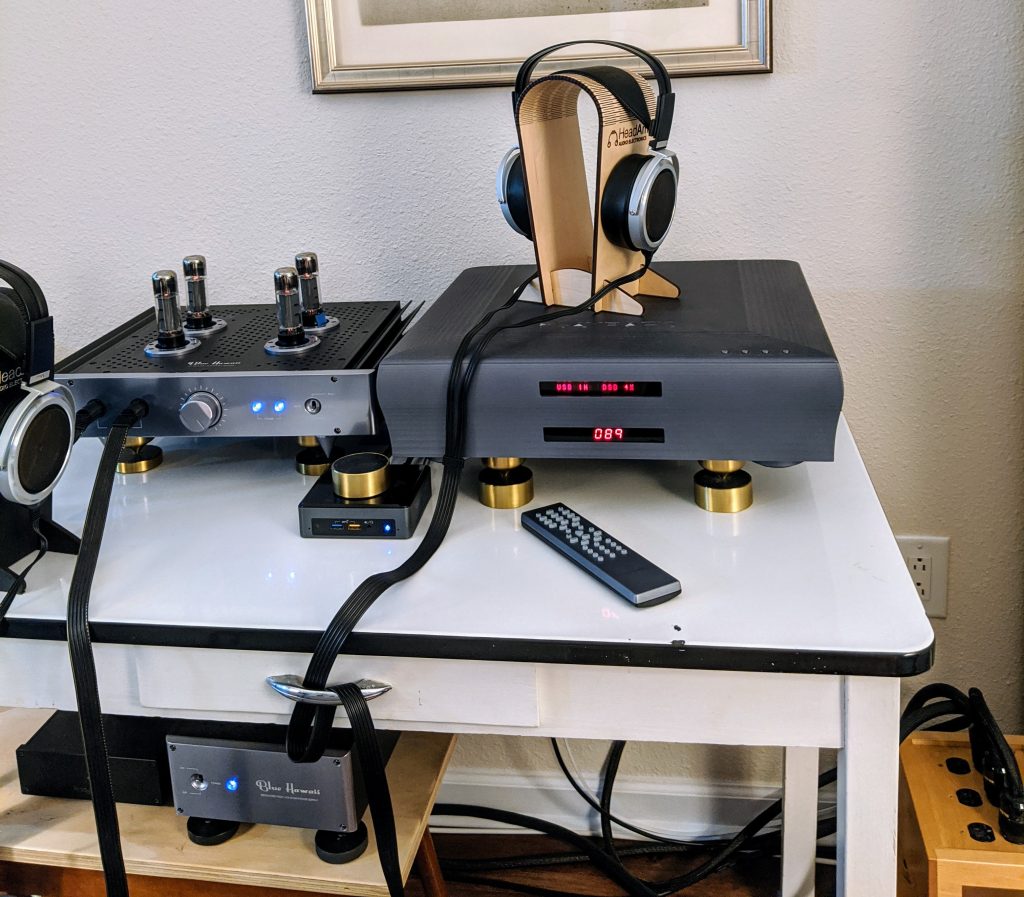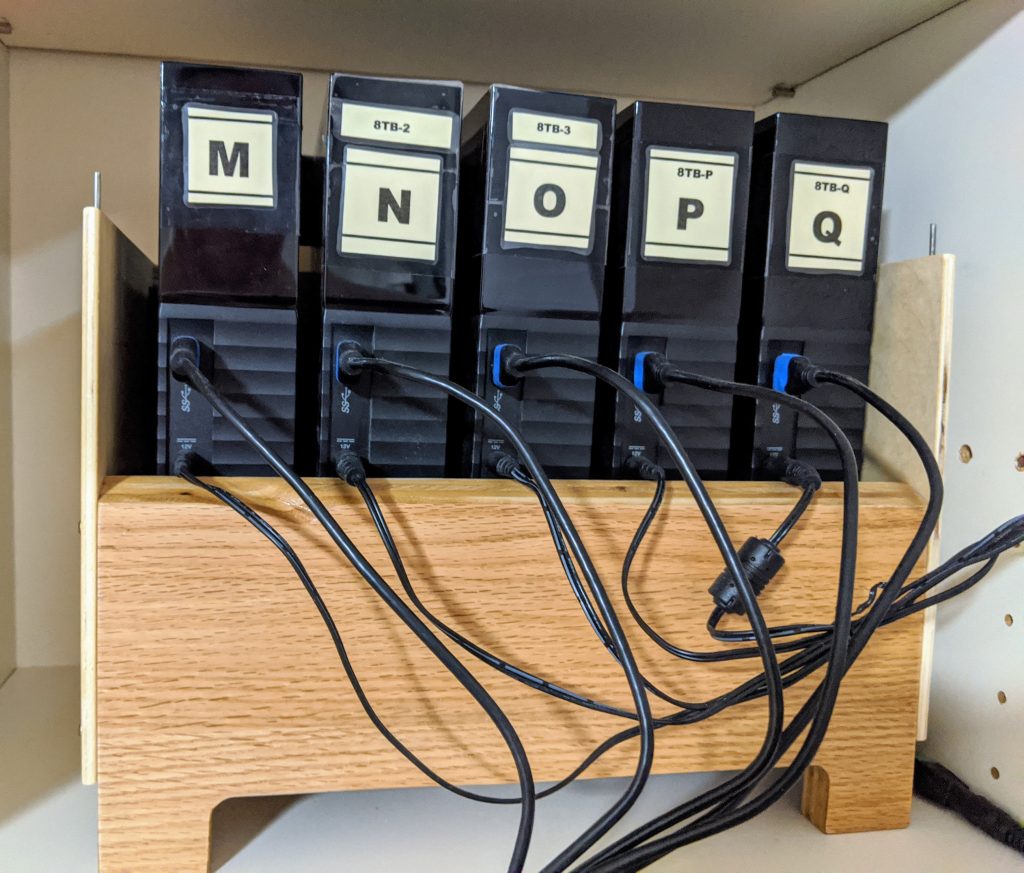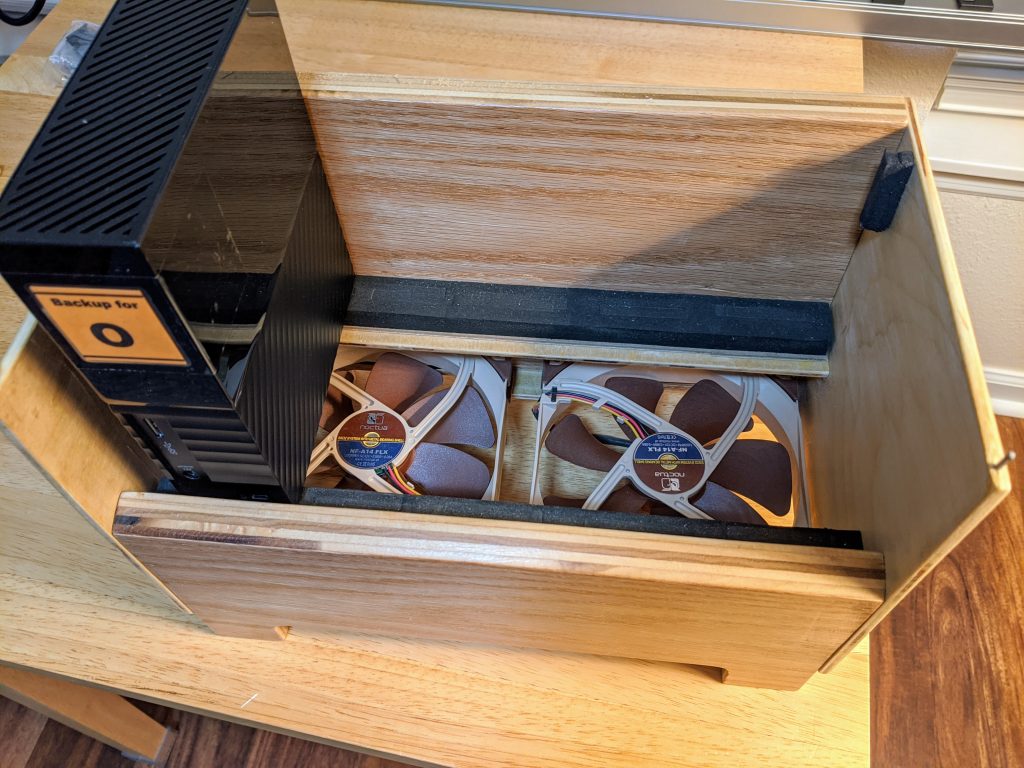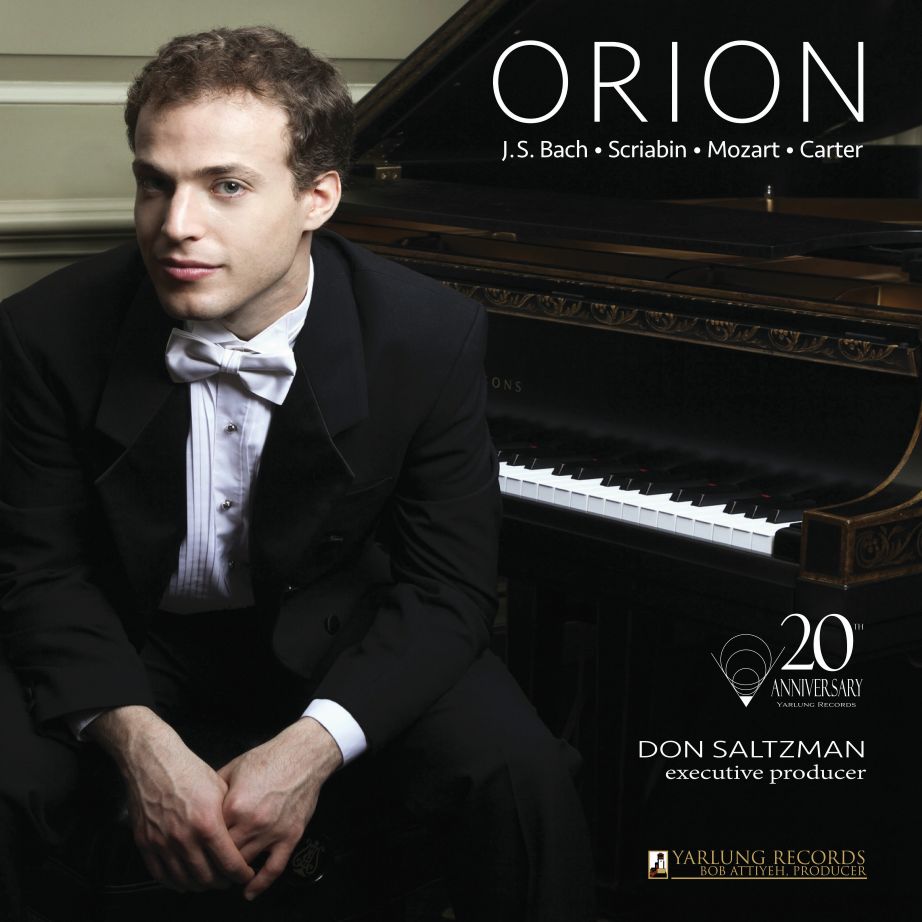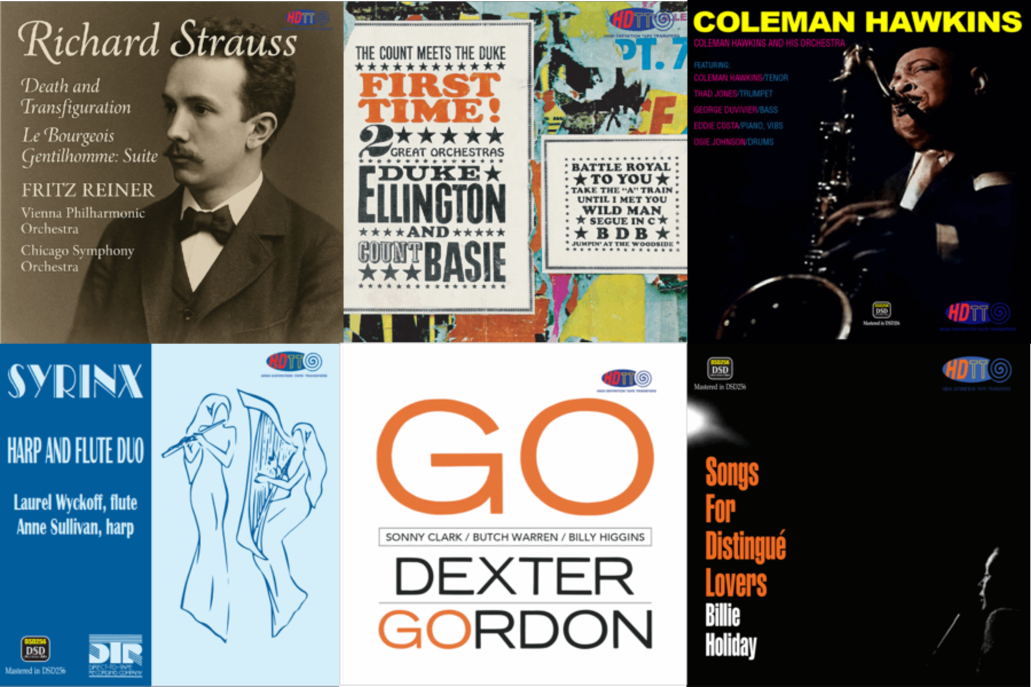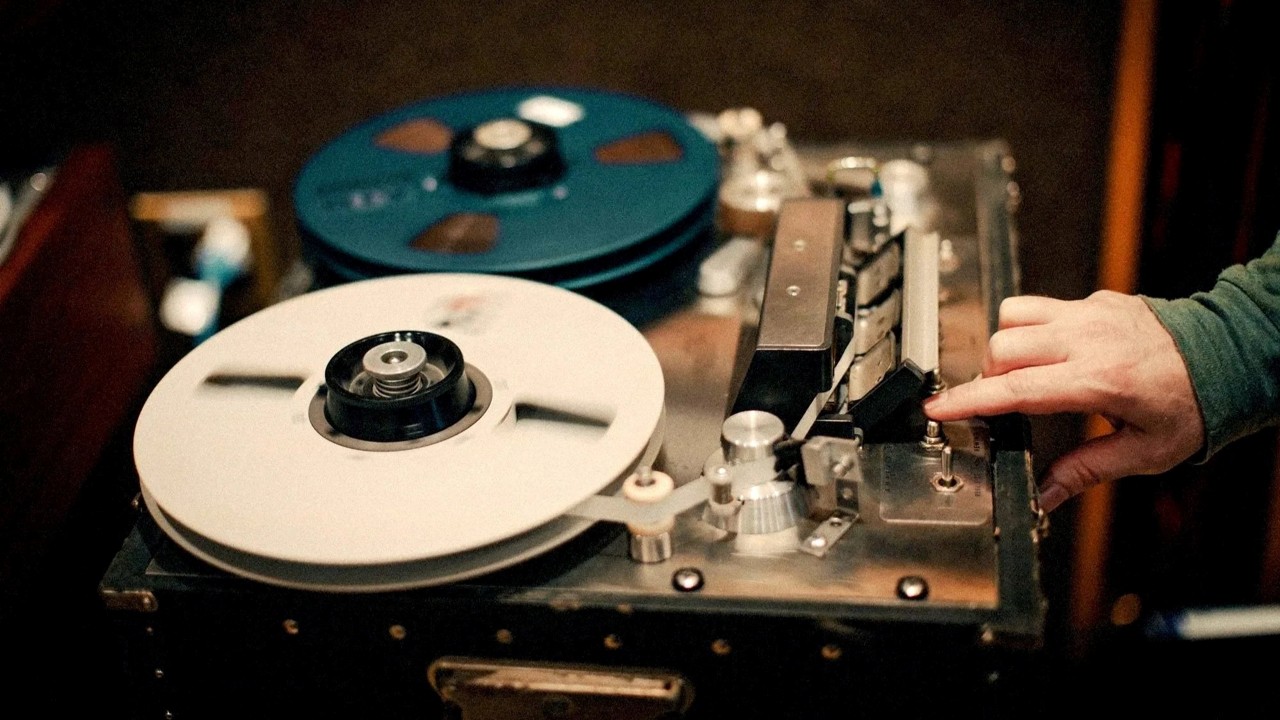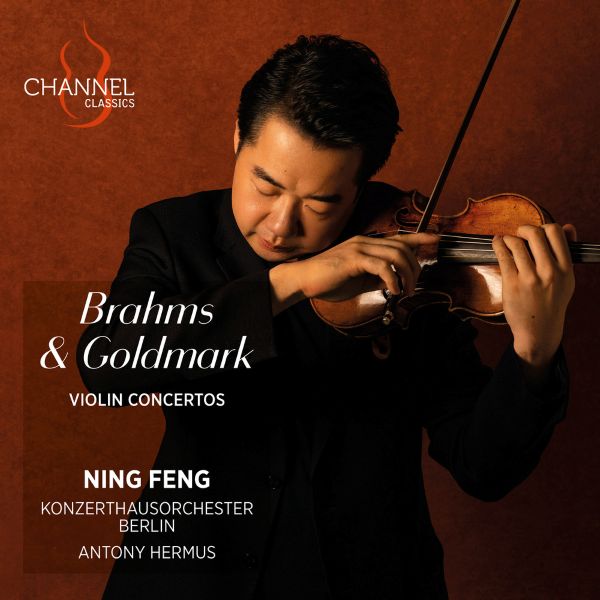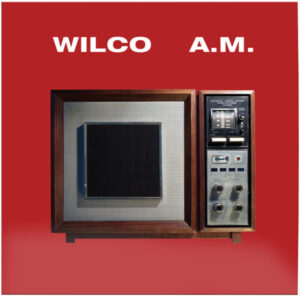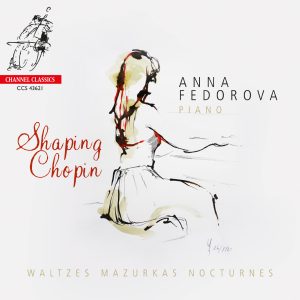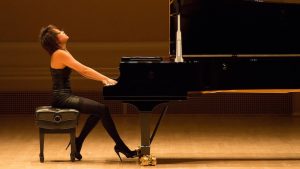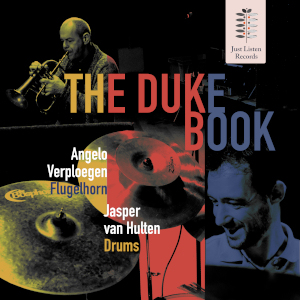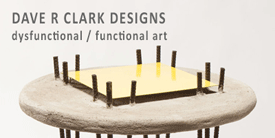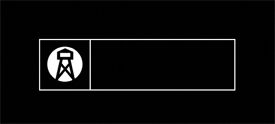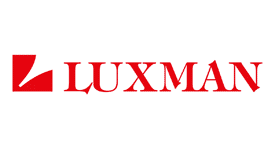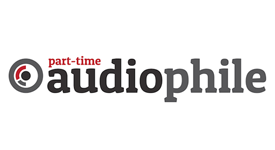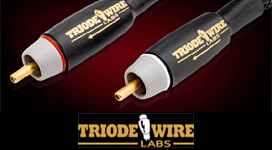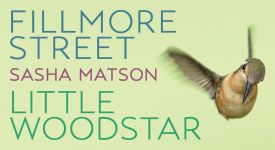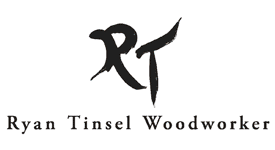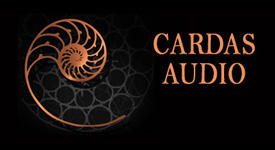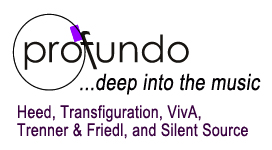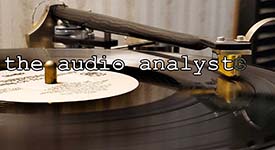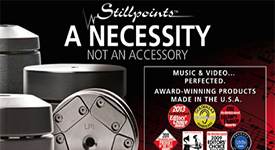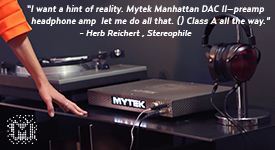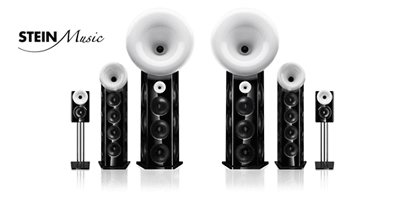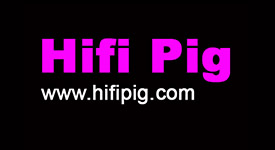HDTT has been hard at work once again with two very nice Redux re-releases in better sound quality and four new releases. Fans of Judy Garland will rejoice in this outstanding release of her live performance at the Curran Theatre in San Francisco from 1952. Amazingly, her voice sounds as if she is standing right in front of you—a real credit to the restoration artistry of John Haley. From Mancini to Garland to Coleman Hawkins to Dave Bailey to Bob Brookmeyer to William Steinberg's Brahms, here are some really nice releases.
The Mancini Touch - Henry Mancini And His Orchestra. HDTT 1959 2025 (DSD256, DXD) HERE
Classic Henry Mancini from 1959 in a nice transfer from a 4-track tape. This is a good example of Master Tapes, Shmaster Tapes. In other words: audiophiles have been brainwashed about master tapes being the necessary source for great sound. As this release amply demonstrates, you can get great sound from tapes that are multiple generations down from the master tape.
The keys are: 1) have a well-cared for source, as here, and 2) bring to bear excellent technical skills and care in making the transfer. And those technical skills and care include using the best equipment with outboard tape head preamps of excellent quality, truly precise setup of deck and heads, and ancillary equipment (power conditioning, cables, etc.) that meet audiophile standards, which very typically exceed what you will find in a commercial studio.
All of this is amply comes into play with this HDTT release, which sounds very, very good.
Just listen to the purity of those vibes from Vic Feldman and the articulation of the percussion from Shelley Manne on drums in the opening track. Ronnie Lang's alto flute is piercing and very clean, and his baritone saxophone sounds superbly true to life. You can make similar assessments of the various instruments throughout other tracks, such as the guitar and horns in "My One And Only Love," track 4.
If you like Henry Mancini's arrangements and style, this is a great album for you. Nice tunes, well performed, good sonics. Yes, the peaky RCA microphones occasionally intrude, but that's simply reflective of the nature of the beast, not a ding on the excellent transfer.
One Foot In The Gutter: A Treasury Of Soul, The Dave Bailey Sextet. HDTT 1960 2025 (DSD256, DXD) HERE
This album is a treasure. Released in 1960 it slips right into the transitional gap with a bit of a backward look at more traditional jazz forms. As HDTT writes: "Bebop had already reshaped the landscape, hard bop was thriving, modal experiments were breaking ground, and the avant-garde was stirring restlessly. In the midst of all this, One Foot in the Gutter appeared, not as a revolutionary manifesto, but as a down-to-earth, swinging, soulful document of jazz as a living language."
And what a great lineup of musicians! Dave Baily on drums, Clark Terry on trumpet, Curtis Fuller on trombone, and Horace Parlan on piano, with Junior Cook, tenor sax, and Peck Morrison, bass.
To hear the Curtis Fuller and Clark Terry solos in the final track, Sandu, a Clifford Brown piece, is worth the price of admission all on their own.
Recorded before a live audience in Columbia's famed 30th Street Studio in New York City, the sound is warm and spacious, with a natural acoustic glow. This recording venue has long been considered one of the finest recording spaces in the country. Miles Davis Kind of Blue was recorded there, as were Glenn Gould's Bach recordings. No amount of technical shenanigans can duplicate the natural openness of sound this converted former church space provides.
The reissue is sourced from an Epic "Stereorama" original pressing in the ongoing Vinyl Records Restoration series from HDTT. If you love the sound of great vinyl from the golden age of stereo, listening to this reissue this will bring back loving memories in its warm, slightly tubey, somewhat rounded sound that is still filled with excellent detail and very natural instrumental timbre. It is an excellent transfer from the vinyl that I'm just delighted to have in my record library.
Trombone Jazz Samba, Bob Brookmeyer. HDTT 1962 2025 (DSD256, DXD) HERE
This is another very nice reissue from HDTT. From a 4-track tape, it is yet another example of why sourcing from the master tape is not nearly as important as the care and setup applied by the engineer making the transfer. I list both the DXD and the DSD256 because this is not a Pure DSD256 release. As HDTT carefully points out, it was initially transferred in DSD256 but then edited in DXD with the final release made from that DXD edit master. Buy the DSD256 and you'll also get the DXD. It will be a good opportunity to compare to see which sounds better on YOUR system, the DXD edit master or the DSD256 derived from it.
For purposes of illustration, in my primary system the DXD sounds better. With one less conversion, the DXD edit master sounds cleaner, more open, more transparent, with slightly sharper transients. But, the DSD256 will likely sound better in my wife's office system. Different DACs, different results.
Musically, this is a fine example of relaxed, well constructed jazz with Brookmeyer's valve trombone providing an easy well integrated sound that does not dominate (as might a slide trombone) but gently integrates with the percussion and guitar sounds. HDTT notes that, "In a time when many American jazzmen treated Brazilian music as a mere fad or novelty, Brookmeyer's effort feels sincere, even if it falls short of the transcendence achieved by Getz or João Gilberto." I agree.
At just 28 minutes, the album left me wanting more. So, I just played it again—to my complete enjoyment!
Recommended enthusiastically.
Brahms Symphony No. 1, William Steinberg, Pittsburgh Symphony Orchestra. HDTT Redux 1962 2025 (DSD256, DXD) HERE
William Steinberg's recordings of Brahms orchestral works are always a special treat. This recording of the great Symphony No. 1 with the Pittsburgh Symphony Orchestra is no exception. It is perhaps the example that sets expectations.
There is nothing warm and gentle about Steinberg's approach to Brahms. Where others indulge in euphonic warmth, seeking the Romantic in Brahms, Steinberg's approach is direct, clear, authoritative. He does not seek to sweeten or soften this composer. Instead, he seeks fidelity to the score and a seriousness of purpose. For some, his approach will be too austere. But, for me, he strikes a perfect balance—severe in sections, then gently sweet in others. The contrast makes for all the greater impact.
The recording engineer is the ever wonderful Bob Fine of Mercury Living Presence fame, here recording for Command Classics for whom he made many fine recordings. The soundstage is remarkable for his signature immediacy, detail, and imaging specificity, just as in his Living Presence recordings. And, that irritating sharpness in the lower treble of his microphones is all too readily apparent, just as in all the Mercury recordings. It lives in the tapes, and HDTT, true to making honest transfers, does not mess with it. Just as they do not compress or EQ any of their tape releases, this transfer is made in complete fidelity to the Command source tape.
And, the results that we are privileged to hear in this release is glorious, full-throated, orchestral brilliance from one of the great American orchestras led by one of the most brilliant interpreters of Brahms.
This is a Redux release, now in DXD and DSD256 as compared to an earlier release that was only 192k. The improvement over the years in the transparency of equipment Bob Witrak has available is immediately apparent in a quick comparison back to that earlier release. If you have that earlier release, this Redux edition is well worth the reinvestment in this outstanding performance and recording. I think you will be pleased by the improved sound quality.
Judy Garland: Live at the Curran Theatre, San Francisco, Closing Night, June 22, 1952. HDTT 1952, 2025 (192k) HERE
Live recording transferred from the original transcription discs and restored by John Haley. What a nostalgia trip. And just a masterful restoration by John Haley. Judy's voice is incredibly clear, pure, and natural sounding. She is so beautifully present this is just amazing to hear.
Per HDTT:
"This release of the final night of the 1952 Curran Theatre run of shows (May 26-June 22, 1952) is based on a new high-resolution restoration of a set of transcription discs fortuitously found in pristine condition, digitized with the best choice of stylus and carefully pitch-corrected. This show was undoubtedly originally recorded on tape, from which several sets of discs were then cut, including the source discs used here. Added to it is a selection of radio recordings from 1942-46, inclusive, from disc sources in fine condition, and as a bonus, a brief live recording of Garland's spoof of Marlene Dietrich's singing. Garland's portion of this vaudeville show is presented complete, including all dialogue and audience interaction between musical selections."
This purchaser review from Stuart in Australia posted to the HDTT website, 9/9/2025, says it all:
"As many Judy fans will already know, this concert has been released previously, however, the quality of the audio was not the best. What we are treated with here is a truly outstanding restoration of one of Judy's greatest performances (in my opinion at least). Judy is in fine voice here and the orchestra supports her beautifully. From the moment the overture starts it is like candy to the ears. John H Haley and company have delivered us another stellar restoration. This is one that will please all Judy fans. I cannot praise the audio quality enough. There are so many superlatives that could be used in this instance. If you are hesitating as to whether or not to make the purchase, please don't hesitate at all. This is one recording that every Judy fan must own. There is also some additional tracks (just to make this release even more special), as well as a recording of Judy in 1968 doing her Marlene Dietrich impersonation. This, for me, was pure gold! Thank you again to the people involved, especially John H. Haley, for providing us Judy fans with another brilliant recording for our collection. The meticulous work involved in this recording definitely shows. I can't wait to see what they come up with next. BRAVO!"
Fleshing out this album are radio recordings from 1942-1946 which include Sunny Side of the Street, Don't Get Around Much Anymore (with Johnny Mercer), The Trolley Song, and Liza, among others. A special treat is Judy's mischievous but spot-on spoof imitation of Marlene Dietrich singing Falling in Love Again, from a live recording made in 1968 at a private party. What a great conclusion to a fun-filled visit with Judy Garland.
If you enjoy Judy Garland, this is a "must have" addition to your library.
Coleman Hawkins and Confrères. HDTT Redux 1958 2025 (DSD256, DXD) HERE
This album showcases an outstanding lineup of great jazz musicians with some outstanding performances. The sound quality captures to perfection the sound of the original Verve LP from which it is sourced. It is dynamic, detailed, and with a silent background out from which jumps the supremely natural sound of piano, bass, guitar, cymbals, drums and saxophones. As a 40+ year vinylholic, I am immensely pleased by the delicacy with which this transfer renders the natural timbre of these instruments is a real credit to the original vinyl and to the quality of Bob Witrak's playback and capture chain.
Artist(s): Tenor Saxophone–Ben Webster, Coleman Hawkins
Trumpet–Roy Eldridge
Bass–George Duvivier, Ray Brown
Drums–Alvin Stoller, Mickey Sheen
Guitar–Herb Ellis
Piano–Hank Jones, Oscar Peterson
When you look at this lineup of jazz greats, it is hard to not get excited about what's to come. But its when you listen to the album that you realized just how great these musicians actually were. This album is a monument to superb jazz played by some of the best jazz musicians to have walked our planet.
The word "confrères" means "colleagues" or "brothers-in-arms," and the title couldn't be more fitting.

